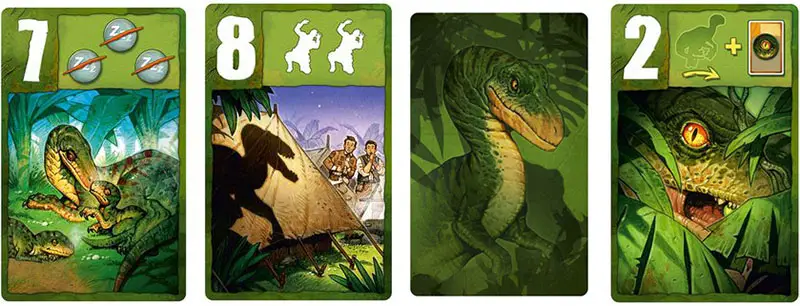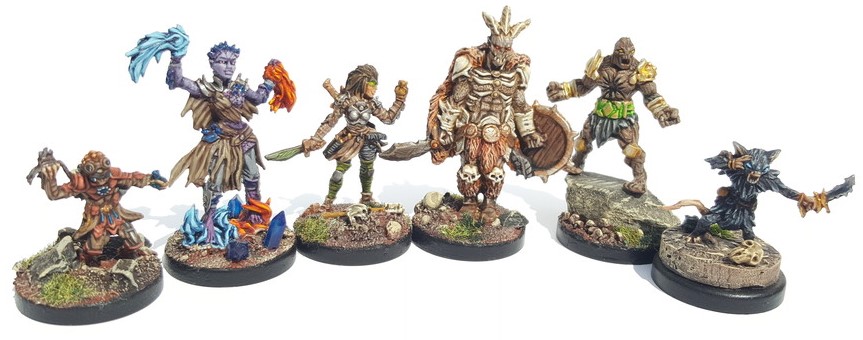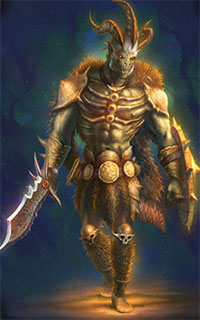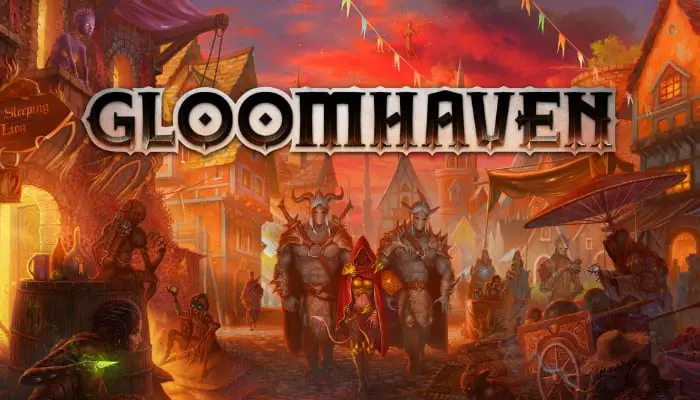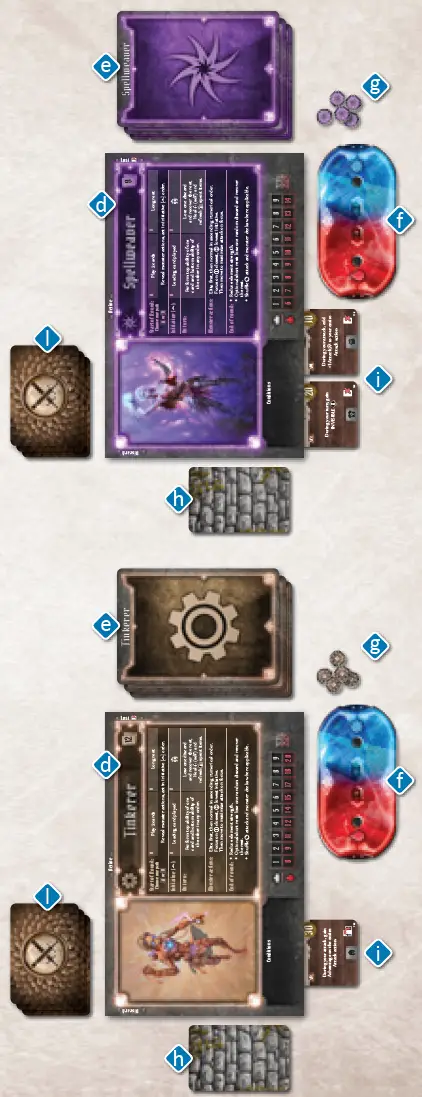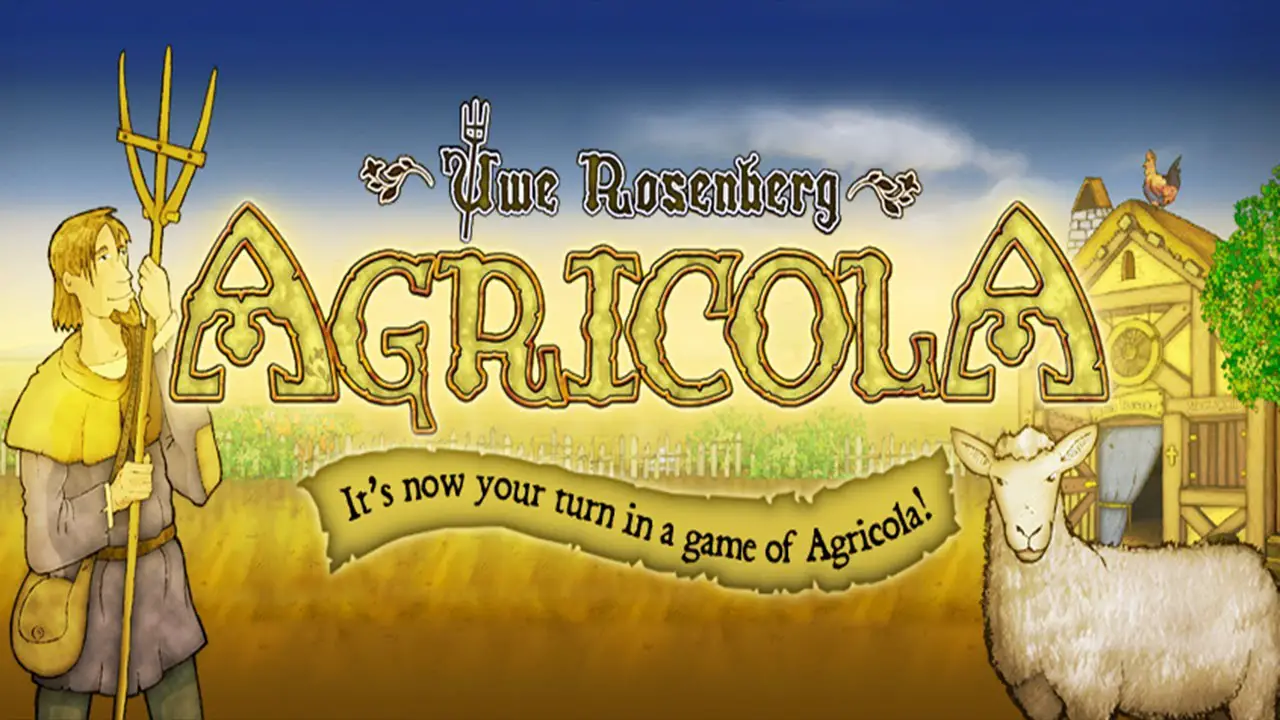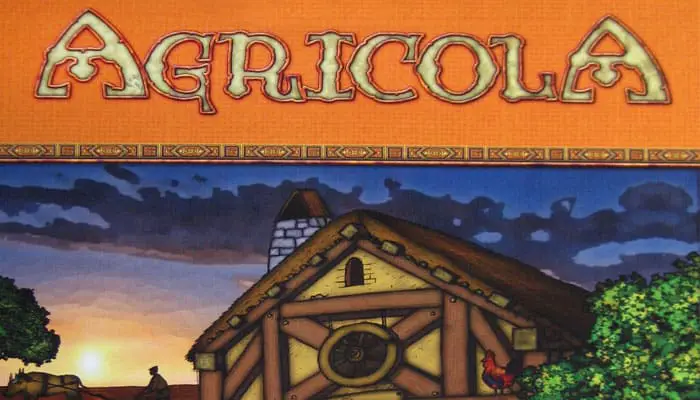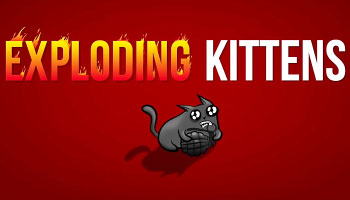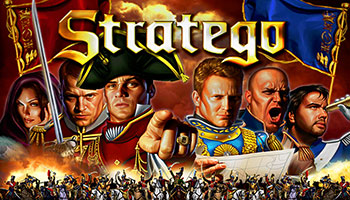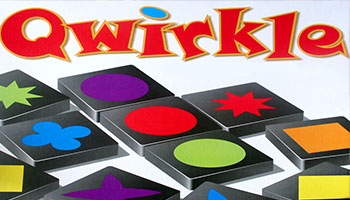
Components

- 5 player boards
- 1 governor card and 8 role cards
- 1 game board
- 49 buildings (5 large violet buildings (2 spaces), 2 each of 12 small violet buildings, and 20 non-violet production buildings)
- 54 doubloons
- 58 island tiles (8 quarry tiles and 50 plantation tiles)
- 1 colonist ship
- 100 colonists
- 1 trading house
- 50 goods
- 5 cargo ships
- 50 VP chips
Object of the Game
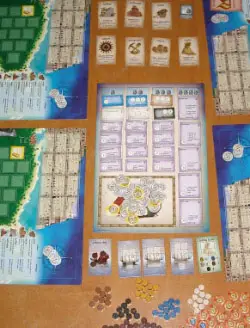
The game is played over several rounds. In each round, each player chooses one of seven different roles and, thereby, offers all players, in clockwise order, the action associated with that role.
For example: with the settler, players can place new plantations, on which, with the help of the craftsman, players can produce goods. …


